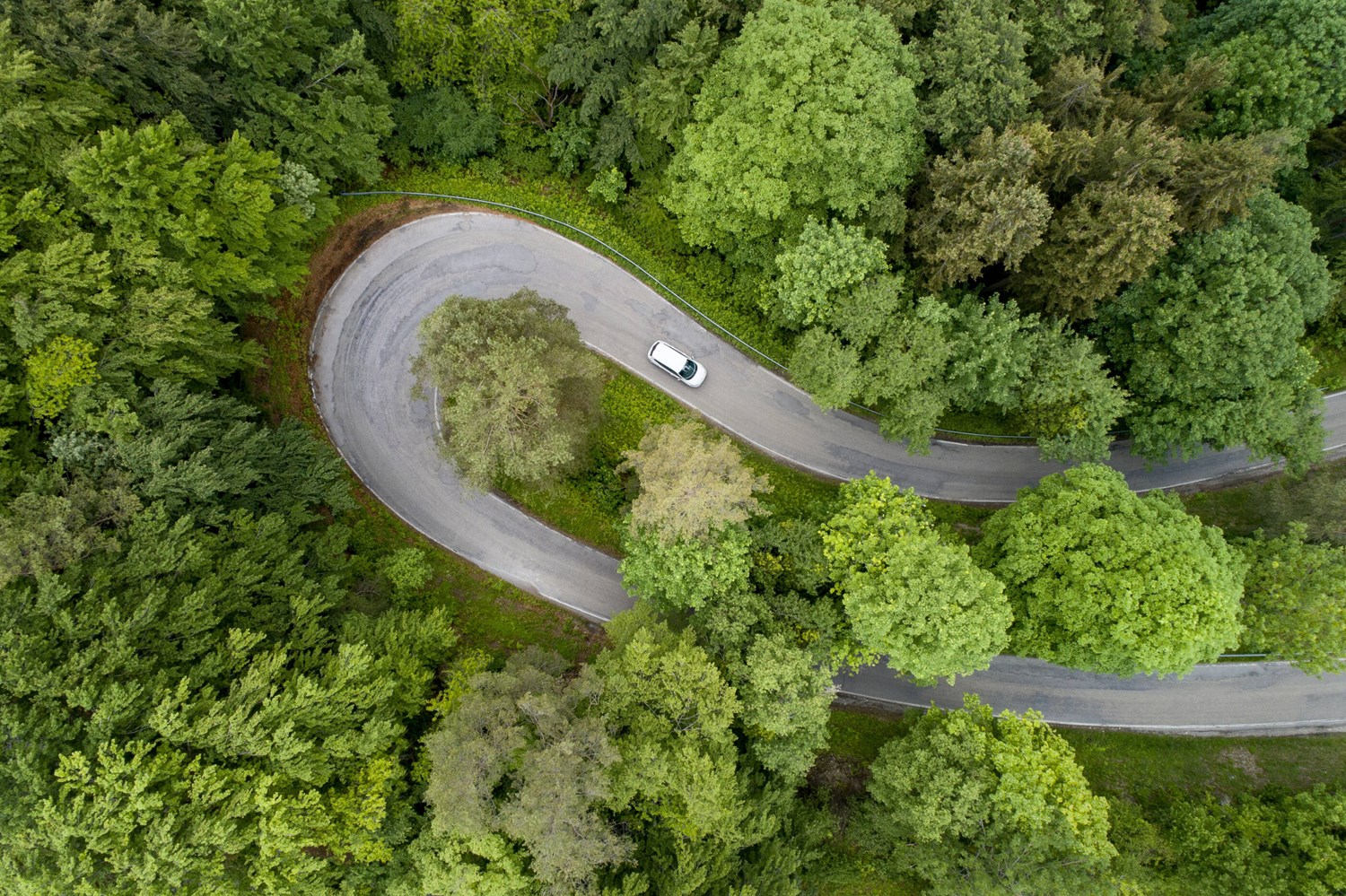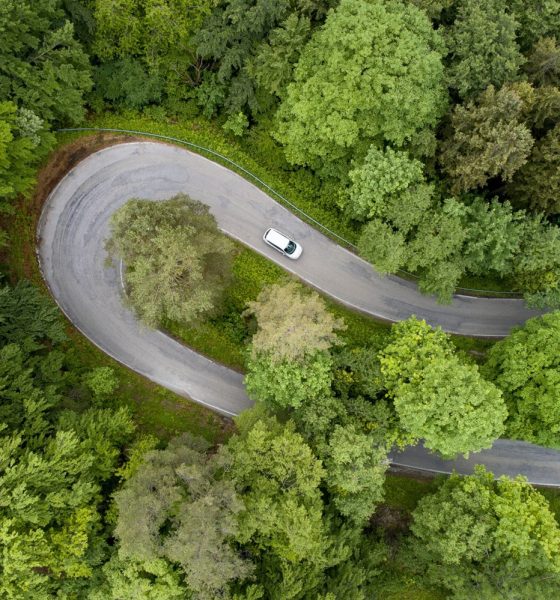Oil giant Exxon Mobil has announced plans to enter the market for the key electric vehicle (EV) battery mineral lithium, stating that it plans to set up its “first phase” of lithium production in the U.S. by 2027.
Exxon will produce lithium in southwest Arkansas, with initial production starting as soon as 2027, according to a press release shared on Monday. The company arm will be branded Mobil Lithium, and it aims to be a lead supplier of lithium for EV batteries by 2030.
Earlier this year, Exxon got the rights to over 120,000 gross acres of the Smackover Formation, which houses one of the most vast reserves of lithium in North America. The company expects the site to help contribute to U.S. energy stability, along with progressing U.S. climate initiatives and supporting manufacturing.
It also says current talks with potential partners, including EV and battery manufacturers, are still ongoing.
More lithium for #EV batteries. Less environmental impact.
That’s the idea behind our groundbreaking plan to put North America on the map as a global lithium producer.
Introducing … Mobil™ Lithium.
Learn more: https://t.co/hUorLbrdLc pic.twitter.com/AYTY9RrdqK
— ExxonMobil (@exxonmobil) November 13, 2023
“Lithium is essential to the energy transition, and ExxonMobil has a leading role to play in paving the way for electrification,” ExxonMobil Low Carbon Solutions President Dan Ammann said. “This landmark project applies decades of ExxonMobil expertise to unlock vast supplies of North American lithium with far fewer environmental impacts than traditional mining operations.”
Exxon says it will use oil and gas drilling methods in the area to reach lithium-rich saltwater in reservoirs 10,000 feet beneath the ground. The company plans to use direct lithium extraction (DLE) to separate the mineral from the surrounding saltwater before converting the lithium to battery-grade materials. Additionally, Exxon says it will re-inject the remaining saltwater back into the reservoirs once the process is complete.
Notably, the company says the DLE process produces fewer carbon emissions than hard rock mining, and it requires less land.
“South Arkansas is our state’s all-around energy capital, producing oil, natural gas, and now thanks to investments like ExxonMobil’s and their combination of skills and scale, lithium,” Arkansas Governor Sarah Huckabee Sanders said. “My administration supports an all-of-the-above energy strategy that guarantees good, high-paying jobs for Arkansans – and we’ll continue to cut taxes and slash red tape to make that happen.”
Exxon says it expects demand for lithium to quadruple by 2030, at which point it aims to produce enough battery-grade lithium to supply over a million EVs per year.
Interestingly enough, Exxon invented the lithium-ion battery in 1972, though the company stepped away from the line of products. Now, they’re used in smartphones and other devices, and at a much larger scale, they’re also used in EVs.
Several companies have announced investments in lithium production, especially as the U.S. hopes to reduce reliance on foreign battery supply chains. One example includes EV giant Tesla, which is hoping to begin lithium refining in Robstown, Texas, in 2024.
What are your thoughts? Let me know at zach@teslarati.com, find me on X at @zacharyvisconti, or send your tips to us at tips@teslarati.com.

News
Tesla FSD fleet is nearing 7 billion total miles, including 2.5 billion city miles
As can be seen on Tesla’s official FSD webpage, vehicles equipped with the system have now navigated over 6.99 billion miles.

Tesla’s Full Self-Driving (Supervised) fleet is closing in on almost 7 billion total miles driven, as per data posted by the company on its official FSD webpage.
These figures hint at the massive scale of data fueling Tesla’s rapid FSD improvements, which have been quite notable as of late.
FSD mileage milestones
As can be seen on Tesla’s official FSD webpage, vehicles equipped with the system have now navigated over 6.99 billion miles. Tesla owner and avid FSD tester Whole Mars Catalog also shared a screenshot indicating that from the nearly 7 billion miles traveled by the FSD fleet, more than 2.5 billion miles were driven inside cities.
City miles are particularly valuable for complex urban scenarios like unprotected turns, pedestrian interactions, and traffic lights. This is also the difference-maker for FSD, as only complex solutions, such as Waymo’s self-driving taxis, operate similarly on inner-city streets. And even then, incidents such as the San Francisco blackouts have proven challenging for sensor-rich vehicles like Waymos.
Tesla’s data edge
Tesla has a number of advantages in the autonomous vehicle sector, one of which is the size of its fleet and the number of vehicles training FSD on real-world roads. Tesla’s nearly 7 billion FSD miles then allow the company to roll out updates that make its vehicles behave like they are being driven by experienced drivers, even if they are operating on their own.
So notable are Tesla’s improvements to FSD that NVIDIA Director of Robotics Jim Fan, after experiencing FSD v14, noted that the system is the first AI that passes what he described as a “Physical Turing Test.”
“Despite knowing exactly how robot learning works, I still find it magical watching the steering wheel turn by itself. First it feels surreal, next it becomes routine. Then, like the smartphone, taking it away actively hurts. This is how humanity gets rewired and glued to god-like technologies,” Fan wrote in a post on X.
News
Tesla starts showing how FSD will change lives in Europe
Local officials tested the system on narrow country roads and were impressed by FSD’s smooth, human-like driving, with some calling the service a game-changer for everyday life in areas that are far from urban centers.

Tesla has launched Europe’s first public shuttle service using Full Self-Driving (Supervised) in the rural Eifelkreis Bitburg-Prüm region of Germany, demonstrating how the technology can restore independence and mobility for people who struggle with limited transport options.
Local officials tested the system on narrow country roads and were impressed by FSD’s smooth, human-like driving, with some calling the service a game-changer for everyday life in areas that are far from urban centers.
Officials see real impact on rural residents
Arzfeld Mayor Johannes Kuhl and District Administrator Andreas Kruppert personally tested the Tesla shuttle service. This allowed them to see just how well FSD navigated winding lanes and rural roads confidently. Kruppert said, “Autonomous driving sounds like science fiction to many, but we simply see here that it works totally well in rural regions too.” Kuhl, for his part, also noted that FSD “feels like a very experienced driver.”
The pilot complements the area’s “Citizen Bus” program, which provides on-demand rides for elderly residents who can no longer drive themselves. Tesla Europe shared a video of a demonstration of the service, highlighting how FSD gives people their freedom back, even in places where public transport is not as prevalent.
What the Ministry for Economic Affairs and Transport says
Rhineland-Palatinate’s Minister Daniela Schmitt supported the project, praising the collaboration that made this “first of its kind in Europe” possible. As per the ministry, the rural rollout for the service shows FSD’s potential beyond major cities, and it delivers tangible benefits like grocery runs, doctor visits, and social connections for isolated residents.
“Reliable and flexible mobility is especially vital in rural areas. With the launch of a shuttle service using self-driving vehicles (FSD supervised) by Tesla in the Eifelkreis Bitburg-Prüm, an innovative pilot project is now getting underway that complements local community bus services. It is the first project of its kind in Europe.
“The result is a real gain for rural mobility: greater accessibility, more flexibility and tangible benefits for everyday life. A strong signal for innovation, cooperation and future-oriented mobility beyond urban centers,” the ministry wrote in a LinkedIn post.
News
Tesla China quietly posts Robotaxi-related job listing
Tesla China is currently seeking a Low Voltage Electrical Engineer to work on circuit board design for the company’s autonomous vehicles.

Tesla has posted a new job listing in Shanghai explicitly tied to its Robotaxi program, fueling speculation that the company is preparing to launch its dedicated autonomous ride-hailing service in China.
As noted in the listing, Tesla China is currently seeking a Low Voltage Electrical Engineer to work on circuit board design for the company’s autonomous vehicles.
Robotaxi-specific role
The listing, which was shared on social media platform X by industry watcher @tslaming, suggested that Tesla China is looking to fill the role urgently. The job listing itself specifically mentions that the person hired for the role will be working on the Low Voltage Hardware team, which would design the circuit boards that would serve as the nervous system of the Robotaxi.
Key tasks for the role, as indicated in the job listing, include collaboration with PCB layout, firmware, mechanical, program management, and validation teams, among other responsibilities. The role is based in Shanghai.
China Robotaxi launch
China represents a massive potential market for robotaxis, with its dense urban centers and supportive policies in select cities. Tesla has limited permission to roll out FSD in the country, though despite this, its vehicles have been hailed as among the best in the market when it comes to autonomous features. So far, at least, it appears that China supports Tesla’s FSD and Robotaxi rollout.
This was hinted at in November, when Tesla brought the Cybercab to the 8th China International Import Expo (CIIE) in Shanghai, marking the first time that the autonomous two-seater was brought to the Asia-Pacific region. The vehicle, despite not having a release date in China, received a significant amount of interest among the event’s attendees.










